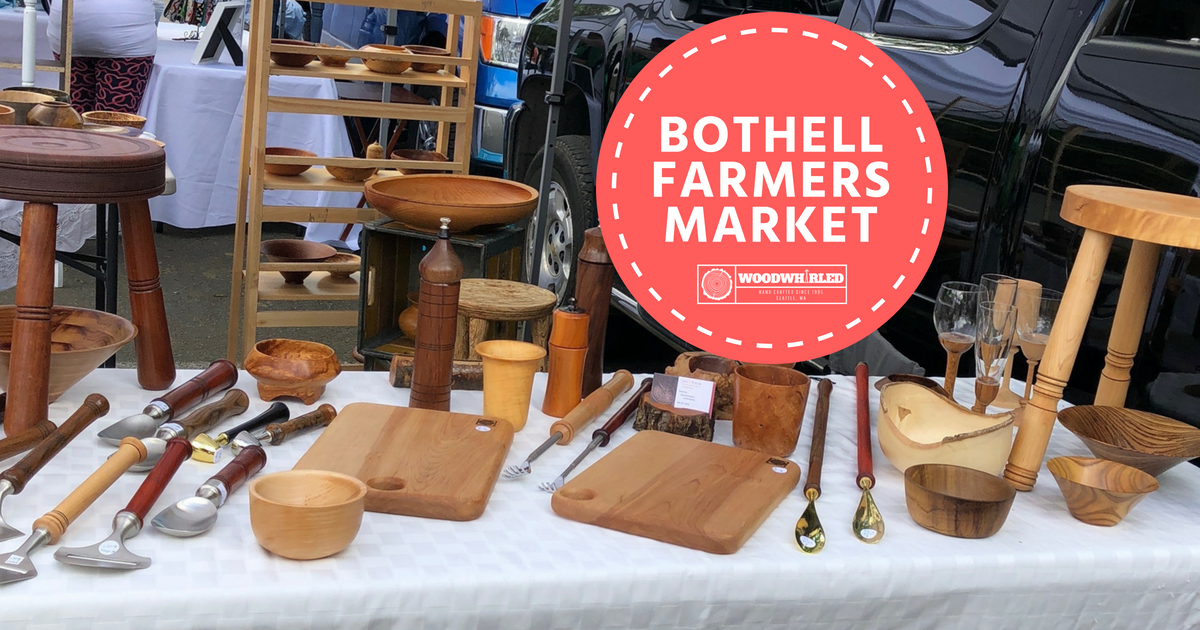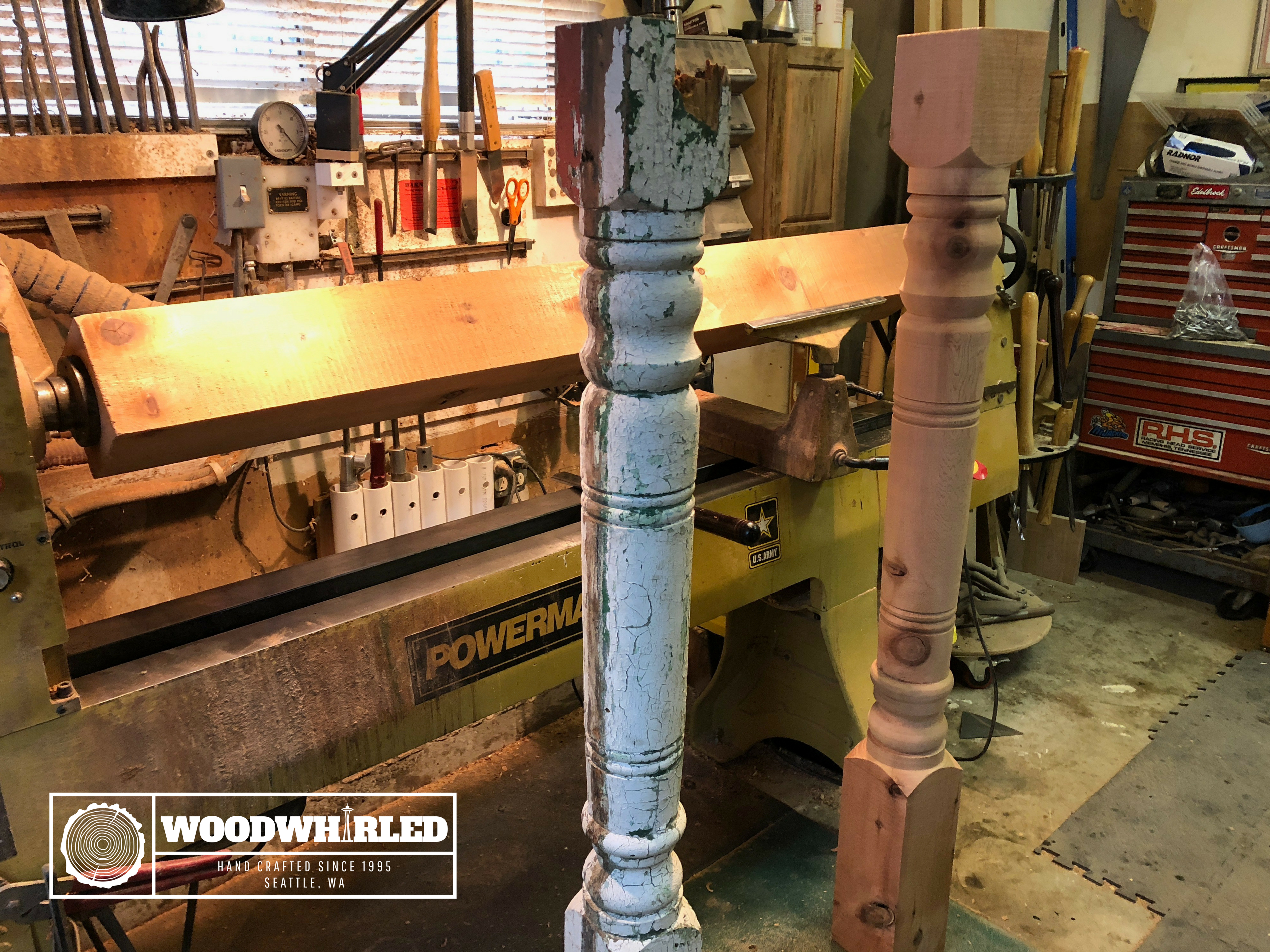Band Saw Safety for Woodturners
As Woodturners, we are almost always dealing with wood which is not round, not flat, usually not even close to square...just rough stuff waiting for our hands to reveal the beauty within!!!
So...let us imagine a scenario: we have been to a WoodRat session and brought home some beautiful half-log sections to dry.
Six months later, we remember that gorgeous chunk and start to think of a special bowl...good thing we used Anchor Seal and the end grain and kept it in a dry and draft-free spot in the garage: it appears to be crack-free and drying nicely. so, now we are going to mount it on the lathe...but wait, the darn thing is all lumpy and the ends are chainsawed almost squarish and it would be so nice if we could put a more "roundish" blank on the lathe.
Well, at this point we have several options:
1) Mount it on a faceplate or between centers and use our bowl gouge to turn off the squarish sections and form a cylinder with a foot. A quite acceptable and doable way to go.
2) Take it to the bandsaw, lay it face-down, and screw a pre-cut plywood/cardboard circle to the center of the round (barkside) surface. The plywood circle (I have about a dozen ranging from 8-in diameter to 20-in diameter) is your template, and you bandsaw around the template (try not to saw INTO the template) keeping about 1/4 to 1/3-in away. When you have sawn all the way around, carefully continue the cut out of, and clear of, the wood so you can remove the waste. Depending on your skill, you now have a round bowl blank ready to mount....Look dad, no corners!!! You do need to be careful, however, that the screw used to mount the template is not so long that the screw hole becomes a "feature" of the bowl. I have seen this happen...not to me, of course.
3) The last, and my favorite, because it is very fast and safe, is to get my Bowl Blank Jig thingy( a bit of board about 18-inches long, 4-in wide, 3/4-in thick with a series of 3/16" holes (maybe a dozen) drilled horizontally and evenly spaced left and right of the center down the middle of the board....look at the attached photo). Place your half-round on the bandsaw table with the flat surface (NOT the chainsawed ends) facing up. Position the jig against on of the ends, roughly centered on the blank. The top surface of the should be roughly parallel (not even with) with the top of your jig.
Observe carefully where the pre-drilled holes are on the jig relative to the curve of the bottom of the log. The goal is to drive screws (only 2) through the outer holes and into the wood maybe 1/4-in or 3/8-in in from the bark. If you don't use the outermost holes, there is a really good chance the bandsaw blade will attempt to cut through the screw. I have had, on several occasions, to purchase and install a new blade because I wasn't careful and did not check this area. With the Jig now firmly attached, I use my compass or template and draw a circle on the upper flattish area, choosing a location so that I get maximum effect of the color and grain...and making sure that the proposed cut line does NOT include where the screws are. The Jig insures that the wood is not able to roll or twist as you make the cut and provides a good handle as you rotate the wood and your hands are always clear of the blade.
This sounds a bit complicated, but it only takes a few seconds to set up, the cut is precise and you are safe!!!
Oh, and yes, the blank is round and the bark side is intact if you need it to be!!!
Enjoy... from Capt. Jack




50 comments
tadalafil daily use https://elitadalafill.com/ generic tadalafil united states
vardenafil hcl 20mg tab https://vegavardenafil.com/ vardenafil 20mg tablets
viagra sale canada https://canadaviagrastore.com/ viagra sale canada
Woops, my link didn’t go through properly. Here was what I meant to share: https://carveyourcreation.com/best-bandsaw-for-the-money
Thanks for these bandsaw safety tips. As a woodturner, I’ve been using a bandsaw for many years, but I still feel like I have room to improve when it comes to operation – I had a couple of close calls and disasters in the past. I lost access to my current bandsaw, so I’ve been looking for a new one that delivers good performance. A few models from different brands interests me – pages like this here recommend some models that look pretty good. I need to do some more looking. I look forward to getting back into this very soon. Thanks again for sharing this.